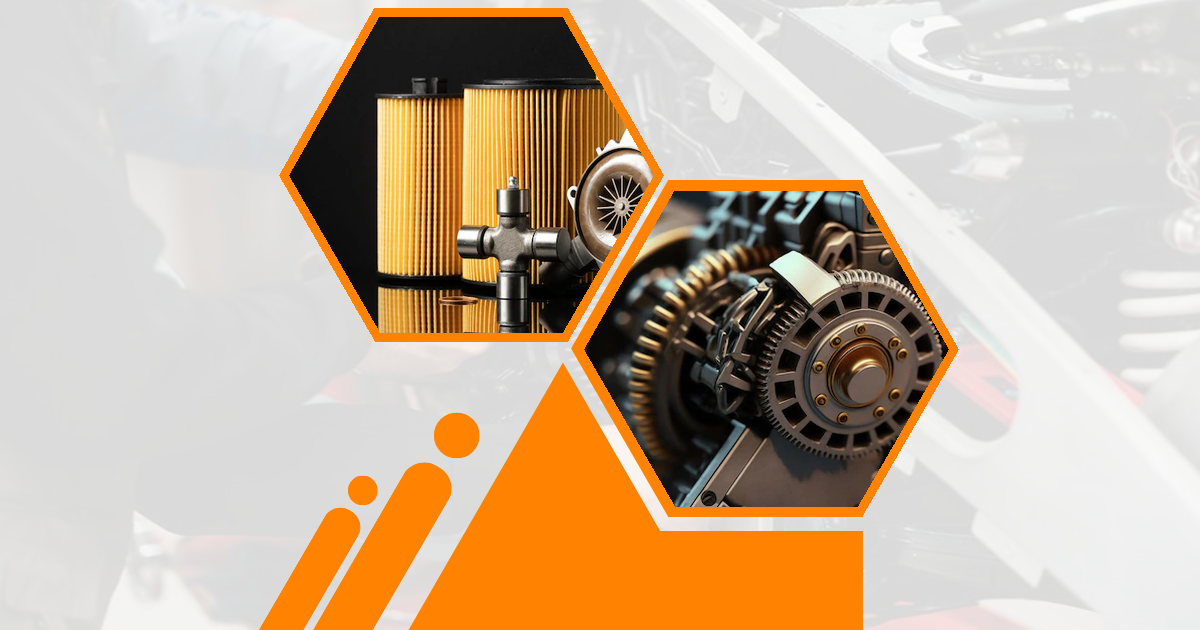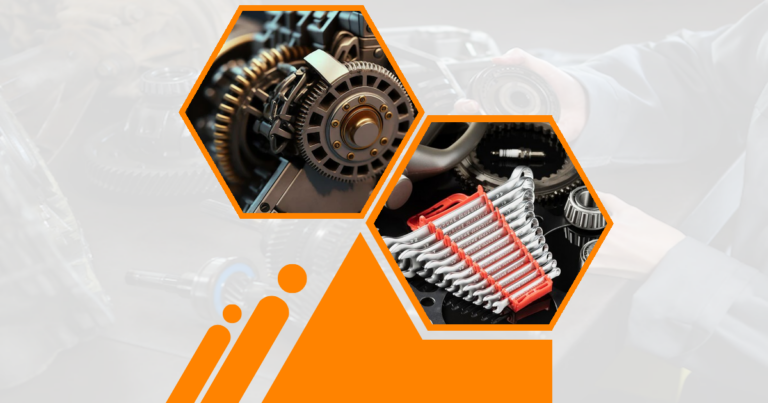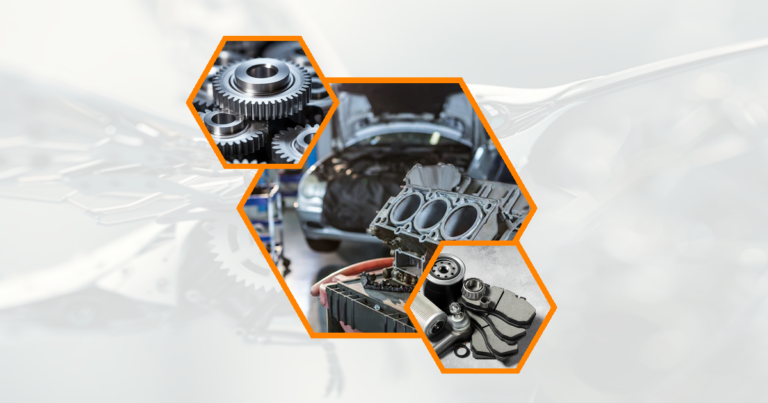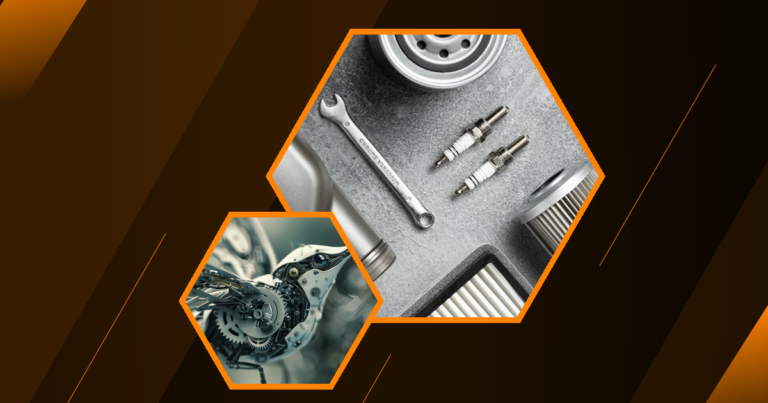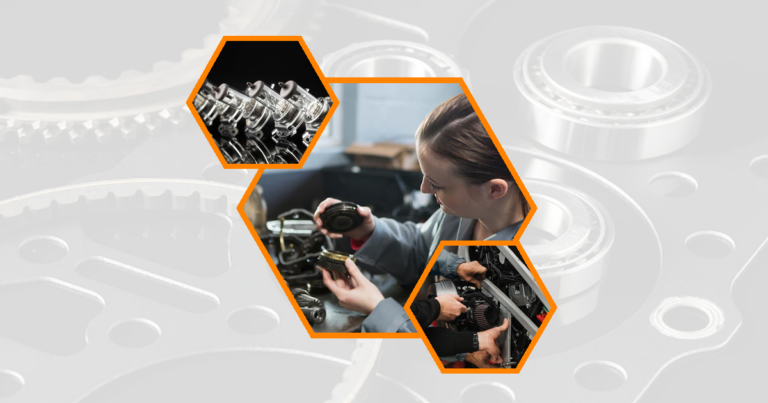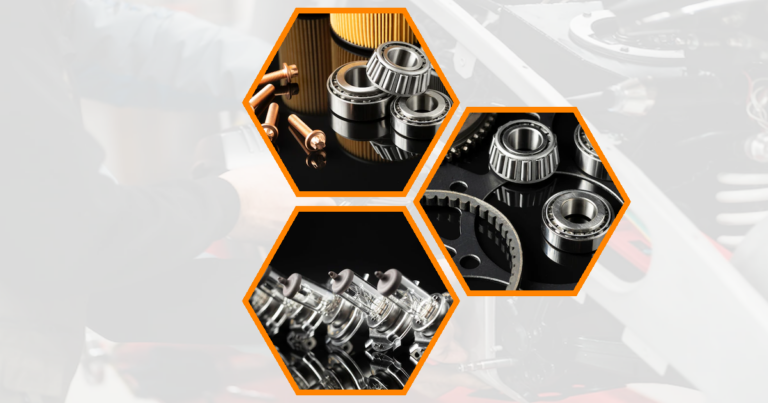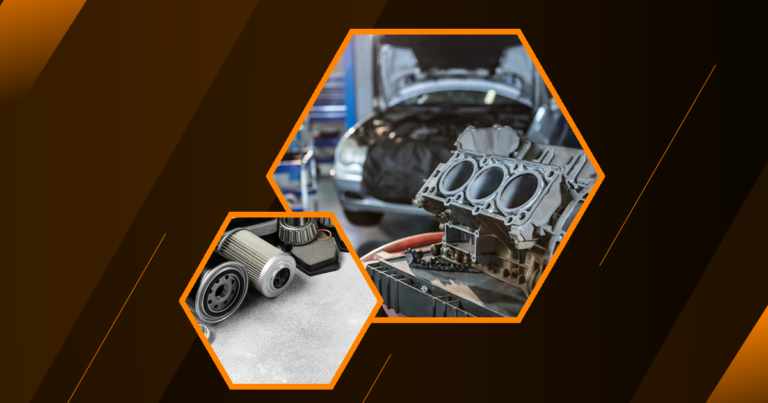Car radiators are essential components of a vehicle’s cooling system , ensuring that the engine operates at optimal temperatures. This comprehensive guide will delve into the intricacies of car radiators, their parts, how they work, and how to maintain them effectively.
What is a Radiator in a Car?
A radiator in a car is a heat exchanger designed to transfer thermal energy from one medium to another for the purpose of cooling and heating. It plays a crucial role in maintaining the engine’s temperature by dissipating heat generated during combustion. Without a functioning radiator, an engine would quickly overheat, leading to potential damage.
Location in the Vehicle
Typically, the radiator is located at the front of the vehicle, just behind the grille. This position allows it to take advantage of the airflow while the car is moving, enhancing its cooling efficiency. The strategic placement ensures that the radiator can effectively manage the engine’s temperature by maximizing exposure to incoming air.
- Positioned behind the grille
- Utilizes airflow for cooling
- Essential for engine temperature management
Parts of a Car Radiator
Core
The core is the central part of the radiator, consisting of a network of tubes and fins. It is responsible for the primary heat exchange process. The coolant flows through the tubes, and the fins increase the surface area for heat dissipation, allowing the radiator to cool the engine efficiently.
Pressure Cap
The pressure cap is a vital component that maintains the correct pressure within the cooling system. It prevents the coolant from boiling by increasing the boiling point through pressurization. This ensures that the engine remains cool even under high temperatures.
Inlet and Outlet Tanks
Inlet and outlet tanks are located on either side of the radiator core. They serve as entry and exit points for the coolant. The inlet tank receives hot coolant from the engine, while the outlet tank sends cooled fluid back to the engine, completing the cycle.
Radiator Hoses
Radiator hoses are flexible tubes that connect the radiator to the engine. They transport coolant between the engine and the radiator, playing a crucial role in the cooling process. These hoses must be durable and heat-resistant to withstand the high temperatures and pressures of the cooling system.
- Core: Network of tubes and fins
- Pressure Cap: Maintains system pressure
- Inlet and Outlet Tanks: Coolant entry and exit points
- Radiator Hoses: Connects radiator to engine
How do Car Radiators Work?
Heat Exchange Process
Car radiators work through a heat exchange process where the coolant absorbs heat from the engine and releases it through the radiator. As the hot coolant passes through the radiator core, the heat is transferred to the air flowing through the fins, effectively cooling the fluid.
Coolant Circulation
The coolant circulation is a continuous cycle that involves the movement of coolant from the engine to the radiator and back. The water pump facilitates this circulation, ensuring that the engine remains at a stable temperature. This process is vital for preventing engine overheating and maintaining performance.
- Heat Exchange: Coolant absorbs and releases heat
- Coolant Circulation: Continuous cycle facilitated by the water pump
Importance of a Properly Functioning Radiator
Engine Temperature Regulation
A properly functioning radiator is crucial for regulating the engine’s temperature. It ensures that the engine operates within the optimal temperature range, preventing overheating and potential damage. This regulation is essential for maintaining engine efficiency and longevity.
Prevention of Overheating
Overheating can lead to severe engine damage, including warped components and blown gaskets. A well-maintained radiator prevents overheating by efficiently dissipating heat, safeguarding the engine from costly repairs and breakdowns.
- Regulates engine temperature
- Prevents overheating and damage
How to Flush a Car Radiator
Steps for Flushing
Flushing a car radiator involves removing old coolant and debris to ensure optimal performance. Begin by draining the old coolant, then fill the radiator with a flushing solution. Run the engine to circulate the solution, then drain and refill with fresh coolant.
Recommended Frequency
Regular flushing is recommended to maintain radiator efficiency. Ideally, a radiator should be flushed every 30,000 miles or as specified by the vehicle manufacturer. This practice helps prevent clogs and corrosion, ensuring the cooling system functions effectively.
- Drain old coolant
- Use flushing solution
- Refill with fresh coolant
- Flush every 30,000 miles
Common Causes of Radiator Failure
Corrosion and Rust
Corrosion and rust are common culprits of radiator failure. Over time, the metal components of the radiator can corrode, leading to leaks and reduced efficiency. Regular maintenance and the use of corrosion inhibitors can help prevent this issue.
Leaks and Cracks
Leaks and cracks in the radiator can result from physical damage or wear and tear. These issues can lead to coolant loss and overheating. Regular inspections can help identify and address leaks before they cause significant problems.
Clogged Passages
Clogged passages occur when debris and sediment accumulate within the radiator, restricting coolant flow. This can lead to overheating and reduced performance. Regular flushing and maintenance can prevent clogs and ensure efficient operation.
- Corrosion and rust
- Leaks and cracks
- Clogged passages
Radiator Maintenance Tips
Regular Inspections
Regular inspections are crucial for maintaining radiator health. Check for signs of leaks, corrosion, and damage. Early detection of issues can prevent costly repairs and ensure the radiator functions efficiently.
Coolant Checks and Replacement
Regularly checking and replacing coolant is essential for radiator maintenance. Ensure the coolant is at the correct level and replace it according to the manufacturer’s recommendations. This practice helps prevent corrosion and overheating.
- Inspect for leaks and damage
- Check and replace coolant regularly
Signs of a Failing Radiator
Overheating Engine
An overheating engine is a clear sign of a failing radiator. If the radiator cannot dissipate heat effectively, the engine temperature will rise, leading to potential damage and performance issues.
Coolant Leaks
Coolant leaks are another indicator of radiator problems. Leaks can occur due to corrosion, cracks, or damaged hoses, leading to coolant loss and overheating. Regular inspections can help identify and address leaks early.
Strange Noises
Strange noises, such as hissing or bubbling, can signal radiator issues. These noises may indicate air trapped in the cooling system or a failing component. Addressing these noises promptly can prevent further damage.
- Overheating engine
- Coolant leaks
- Strange noises
Understanding Car Engine Coolant
Types of Coolant
There are various types of engine coolant, including ethylene glycol and propylene glycol-based formulas. Each type has specific properties and is designed for different vehicle requirements. It’s essential to use the correct coolant type for your vehicle to ensure optimal performance.
Importance of Proper Coolant Levels
Maintaining proper coolant levels is crucial for engine health. Low coolant levels can lead to overheating and engine damage. Regularly check and top up coolant levels to ensure the cooling system functions effectively. Exhaust noise reducer helps make car engines quieter It attaches to the exhaust pipe to lower the sound of the engine Vehicle heat regulation helps keep cars and trucks cool It uses systems like air conditioning and fans to control temperature
Crankshaft rotates powertrain The crankshaft spins and makes the powertrain move which helps the car go forward or backward Engine components comparison Different engines have various parts that work together and comparing these parts helps us understand how each engine functions and performs
Rotating valve controller helps manage how much liquid or gas flows through pipes It turns valves to open or close them just the right amount for proper flow control Vibration control mechanisms help reduce shaking in machines and buildings These systems make things more stable and quiet by absorbing or redirecting unwanted movement
Car oil selection is important for keeping your vehicle running smoothly Choose the right type of oil based on your car’s make and model Brake components compared Different parts of brakes like pads rotors and calipers are looked at side by side to see how they work and which ones are better for different cars and driving styles
- Ethylene glycol and propylene glycol-based coolants
- Maintain proper coolant levels
Other Important Cooling System Components
Thermostat
The thermostat regulates the flow of coolant between the engine and the radiator. It ensures that the engine reaches its optimal operating temperature quickly and maintains it, preventing overheating and improving efficiency.
Water Pump
The water pump is responsible for circulating coolant throughout the engine and radiator. It plays a vital role in maintaining a consistent coolant flow, ensuring the engine remains at a stable temperature.
Cooling Fans
Cooling fans assist the radiator in dissipating heat, especially when the vehicle is stationary or moving slowly. They ensure that the radiator receives adequate airflow, enhancing its cooling efficiency.
- Thermostat: Regulates coolant flow
- Water Pump: Circulates coolant
- Cooling Fans: Assist in heat dissipation
According to the National Highway Traffic Safety Administration (NHTSA), overheating is responsible for approximately 5% of all vehicle fires. This statistic underscores the importance of maintaining a properly functioning radiator and cooling system to ensure vehicle safety and performance.
FAQ’s
Can a car run without a radiator?
A car cannot run without a radiator for long. The radiator is essential for cooling the engine, and without it, the engine would quickly overheat. This could lead to severe damage and costly repairs.
How often should a car radiator be flushed?
A car radiator should be flushed every 30,000 miles or as recommended by the manufacturer. Regular flushing helps remove debris and prevent clogs, ensuring the cooling system operates efficiently.
What happens when a car radiator goes out?
When a car radiator fails, the engine can overheat, leading to potential damage. Overheating can cause warped components and blown gaskets, resulting in costly repairs and reduced vehicle performance.
How do I know if my radiator is going out?
Signs of a failing radiator include overheating, coolant leaks, and strange noises. If you notice these symptoms, it’s essential to inspect the radiator and address any issues promptly to prevent further damage.
Can a car radiator be repaired or does it need to be replaced?
Whether a radiator can be repaired or needs replacement depends on the extent of the damage. Minor leaks and cracks can often be repaired, but severe damage may require a complete replacement to ensure proper function.
